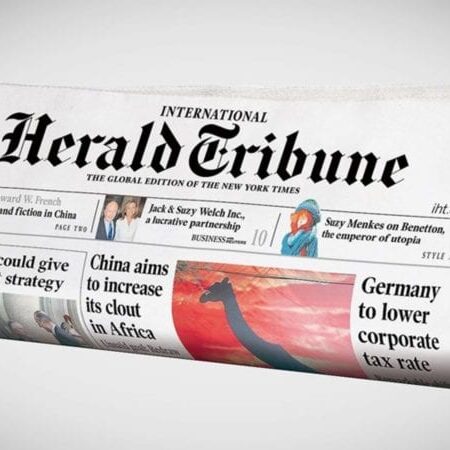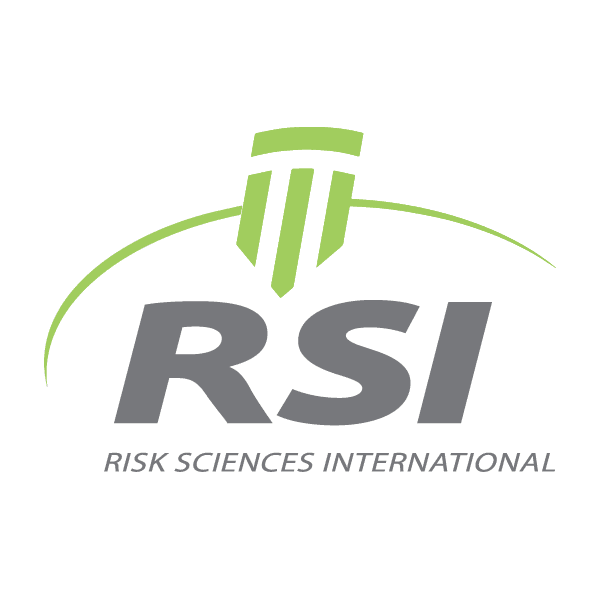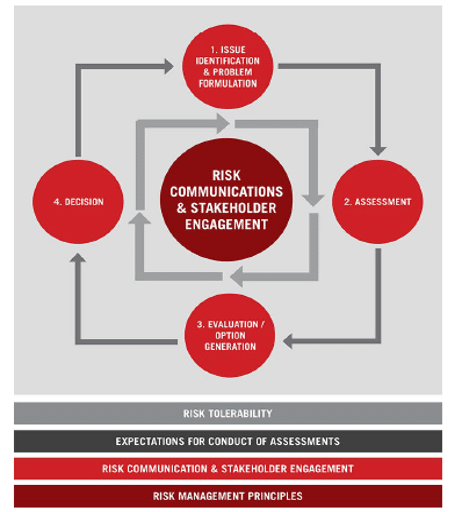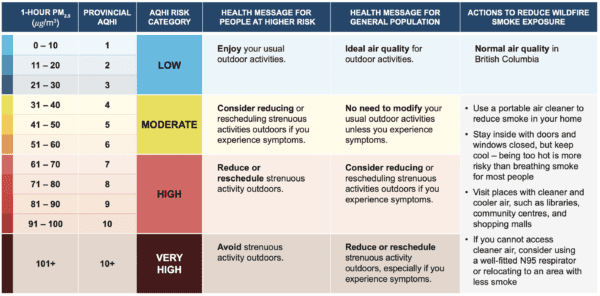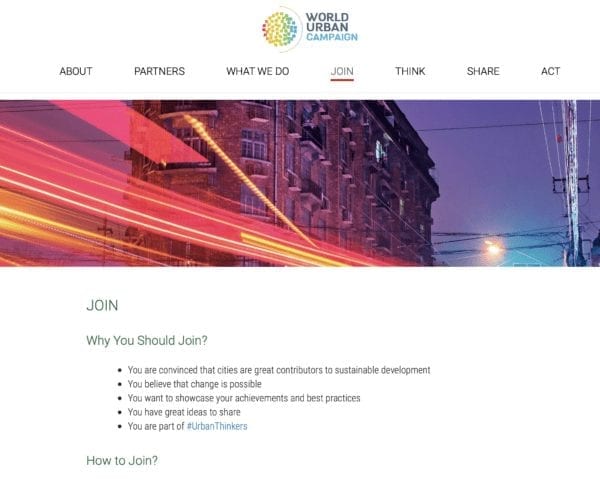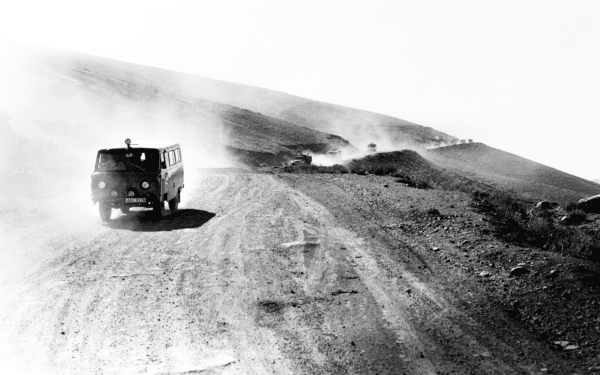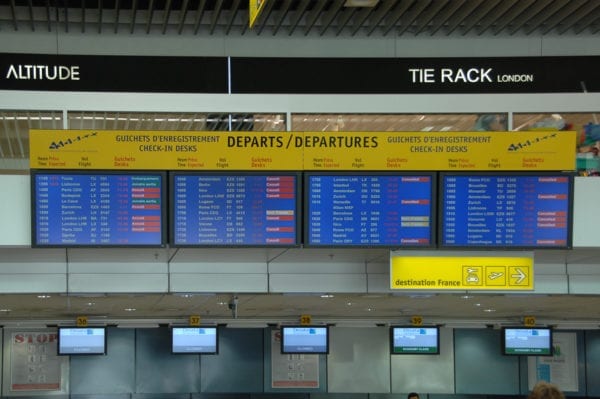Case Study Clients: The New York Times, New York, NY, U.S.A. / The Washington Post, Washington D.C., U.S.A.
Listing of the client in no way affirms the client's support, sponsorship, or validation in any form of Risk Sciences International or the RSI staff member(s) who conducted this project during their stay with RSI or prior to joining the company. This case study is displayed for informative purposes only to demonstrate the capacity of RSI staff members. This case study reveals no proprietary information or information deemed sensitive.
Mandate
The original mandate called for Cemil Alyanak, now RSI Vice-President, Communications and Strategic Initiatives, to find a new direction for the world renowned International Herald Tribune just as both the World Wide Web was in its infancy, and the newspaper faced increased competition from international and regional editions of established newspapers and magazines such as The Economist, The Wall Street Journal, and The Financial Times.
Beyond a commercial reason for wanting this analysis, then Publisher Lee Huebner was interested in making the International Herald Tribune into more than just a newspaper. The goal was to elevate the IHT to becoming an instrument for evidence-based communication. Under the supervision of Juanita Caspari and John Vinocur, the goal was to establish the IHT as the ultimate source of factual information devoid of any agenda or bias.
Work
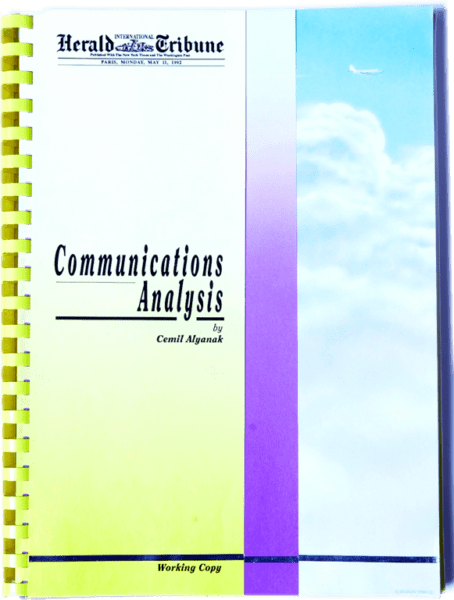 The work involved a very extensive competitive analysis of all other media and an in-depth report on the current state of the World Wide Web. This investigative work required extensive business intelligence work along with interviews of current and past competitive staff.
The work involved a very extensive competitive analysis of all other media and an in-depth report on the current state of the World Wide Web. This investigative work required extensive business intelligence work along with interviews of current and past competitive staff.
The next step was to turn inwards to better understand the capabilities of the IHT. What were its existing resources, both human and financial? Also, how would the paper's ownership affect its direction. At the time, though based in Paris, France, the newspaper was co-owned by The New York Times and The Washington Post and there was talk of a possible change.
Most important of all was a perception analysis of the readerships — both IHT readers and non-IHT readers who preferred the competition. Over a three month period, over 250 readers answered questionnaires and were interviewed in person.
The product of the work was a 400-page report, an in-person presentation in Paris, and an additional contract to further explore several facets of the findings.
Outcomes
While many of the report's recommendations were implemented, the newspaper ultimately did undergo a change of ownership with The New York Times, under Arthur Ochs Sulzburger Jr., buying out The Washington Post's share. The newspaper went on to become the International New York Times. It has been said that well over half of the recommendations made in the report were either taken into consideration or implemented.
Posted in Case Study
More RSI Case Studies
RSI presents a very small selection of case studies to highlight some of its key work.
The Alliance of Blood Operators (ABO) needed a coherent risk management framework to guide decision-making on the delivery of blood services by its member organizations, which would help produce consistent decision-making processes and outcomes across the different national jurisdictional and regulatory structures. The RBDM approach was meant to support a shift in risk decision-making in national blood services organizations from one focused on minimizing all risks to blood quality and supply, with little concern for costs, to a risk-based approach in which resources are allocated according to risk and the application of financial resources and management rigour is proportional to the risk they are addressing.
Read MoreEnvironment and Climate Change Canada, with Health Canada, wanted to understand perceptions of the health risks from smoke from wildfires and from residential burning (winter heating using wood stoves, and fireplaces), and public health communication approaches and messages used in these contexts. This information would support revisions of the health messages used in the Air Quality Health Index (AQHI). The AQHI expresses the health risk associated with three common urban air pollutants, and is calculated at monitoring stations in communities across Canada to inform the public of the risk level of current local air quality conditions.
Read MoreThe project began with a series of consultations with UN-Habitat at UNON in Nairobi. In addition to Cemil Alyanak and Nicholas you, the project grew to include many key stakeholders both within UN-Habitat and from other organizations. Among the key organizations included in the early stages were United Cities and Local Governments, Cities Alliance, the World Bank, Habitat for Humanity, Cisco, and UN agencies interested in urban health, notably the World Health Organization.
Read MoreUnder the supervision of Director Purcell and his cabinet, the six-month project began with an internal review of attitudes, projects, responsibilities and management reporting lines. The work uncovered multiple inconsistencies and inefficiencies. What’s more, there were very real risk consequences at the operational level.
Read MoreGeneva International Airport was concerned that its signage was become problematic. Not only was it aesthetically overwhelming after decades of revisions and additions, it was becoming a safety risk with…
Read More
